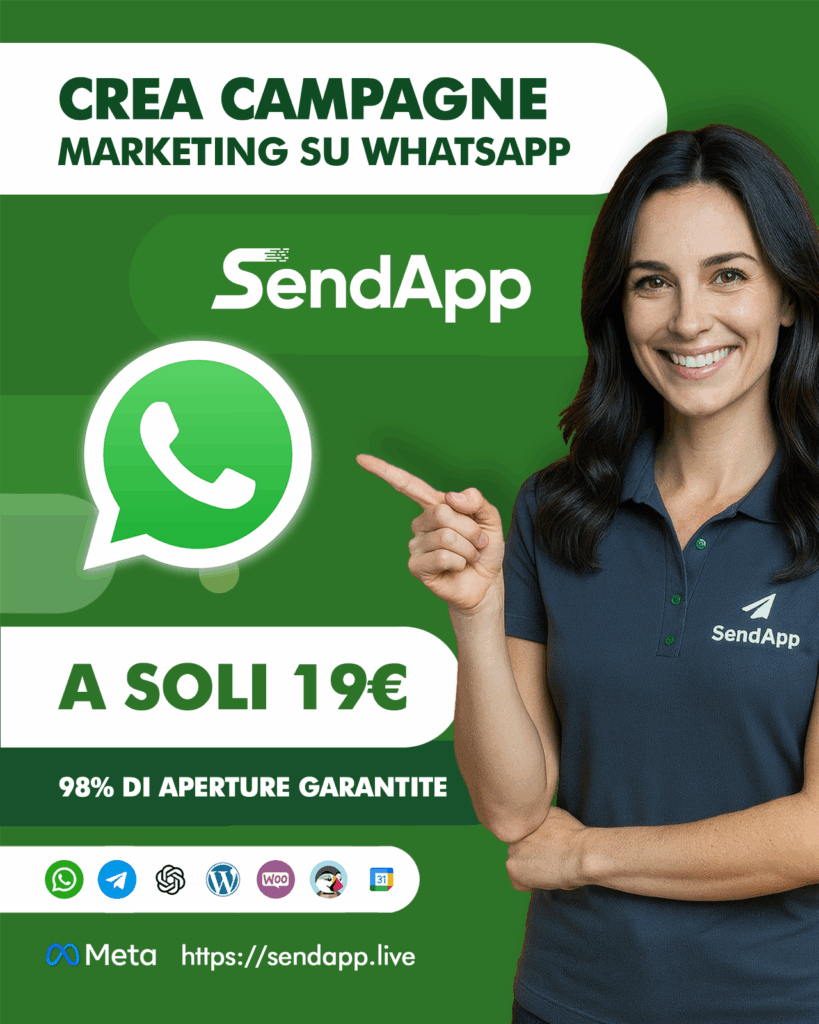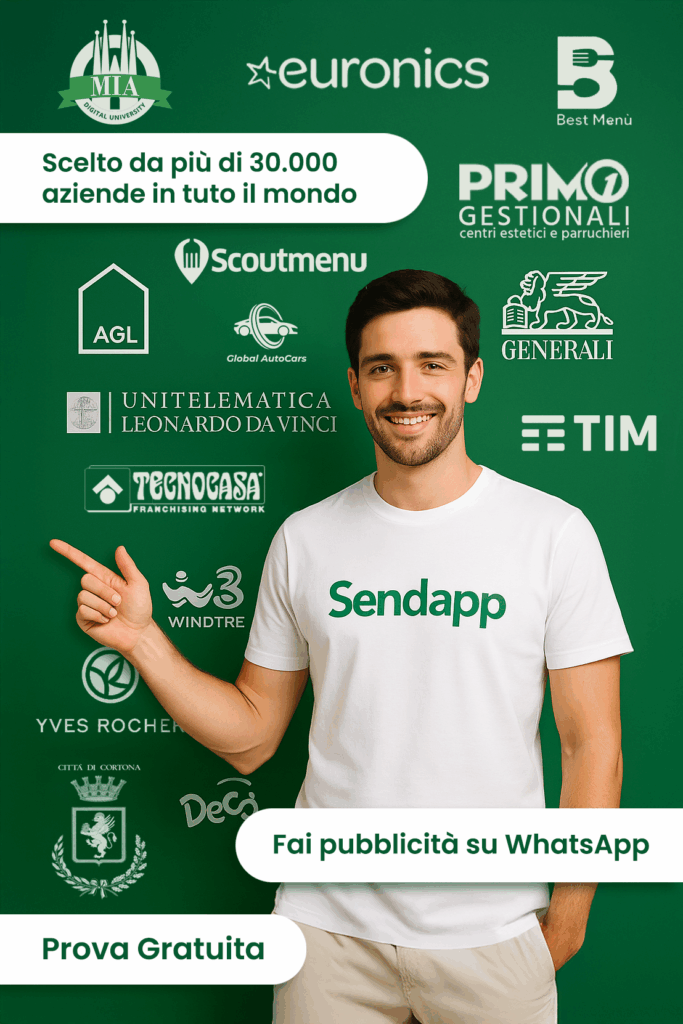Can your phone tell if you are a good driver? Yes, telematics specialist The Floow can say. In fact, it also helps insurers encourage better habits among their policyholders. Tim Green, mobile expert e influencer, caught up with Rebecca Bell, marketing director at The Floow, to find out how A2P SMS is enabling insurer insurance for the first time.
"How's my driving?" This question is usually displayed on the back of commercial vehicles, next to a number to call. The idea is to make the streets safer by inviting people to report irresponsible behavior.
A laudable idea. But is it effective? How often do people call? And are they always honest?
Fortunately, there is now a much better way to evaluate safe driving: get a smartphone to do it.
A phone sitting in the driver's pocket can collect a huge amount of data which, when aggregated together, can provide an accurate and unbiased assessment of his driving.
This simple insight was the spark that led to the creation of the British specialist The Floow in 2012. The founders observed the rise of telematics in the latest vehicles, the emergence of public datasets (related to weather, traffic and so on). away), and the smartphone becomes ubiquitous.
They recognized that collectively these factors could lead to a revolution in safe driving.
"We saw an opportunity to change the telematics sector, making use of data and social sciences in ways that could change driver behavior and reduce the risks on our roads."
Aldo Monteforte, CEO of The Floow
So The Floow created a software system that could be coded into an app to collect data on the following safe driving indicators:
Speed (including contextual speed compared to other drivers)
Smooth driving (acceleration and deceleration)
Mobile phone use while driving
Fatigue (by trip length)
Time of day (late night driving is statistically more dangerous)
These innovations soon attracted insurance companies. Today, The Floow works with Direct Line and many other insurers in multiple regions.
The result? Fewer accidents and fewer complaints.
The second advantage is less obvious. Historically, insurance companies have had no obvious dialogue with customers after purchasing the policy - unless there was a complaint. With a safe driving app in place, they can stay in constant touch.
Here finally there is the possibility to develop a real relationship with the customer. But which channel to use? Well, there is email of course. But for more direct and immediate use cases, a more effective option is the SMS: the universal channel that everyone understands.
“The challenge for many of our customers is that drivers don't really think about insurance. Using text messaging and apps, insurers can engage their customers for the first time. They can ask drivers to check their data, evaluate their scores and see which rewards can be redeemed. "
Rebecca Bell, marketing director of The Floow
In most cases, insurers offer Amazon coupons or similar as premiums. However, there is always a risk that scammers could steal the codes and claim these rewards. To combat this, The Floow has chosen to use SMS as an authentication method. Therefore, when the driver redeems a reward, The Floow sends a text-based single access code, which the recipient uses to prove their identity.
The first time a customer requested this type of functionality, they wanted it live in a few days. To meet the deadline, The Floow used SMS APIs provided by the CLX messaging specialist. It has simply incorporated these APIs into its systems using a “communication platform as a service” (CPaaS) model.
According to Bell, messaging has helped insurers meet their twin goals of staying in touch with drivers and making premiums safer. Now he hopes to go further with chatbots.







